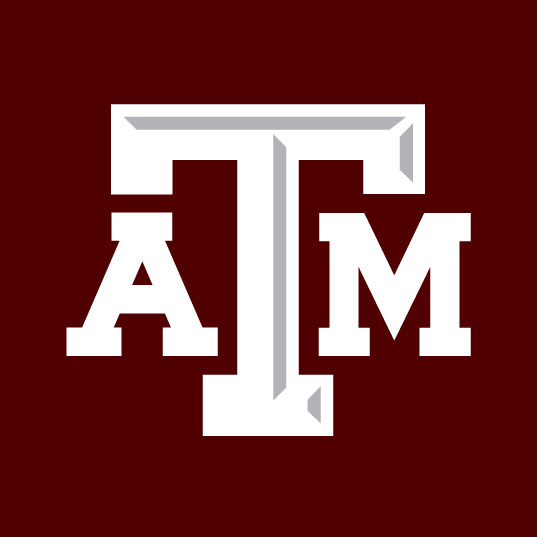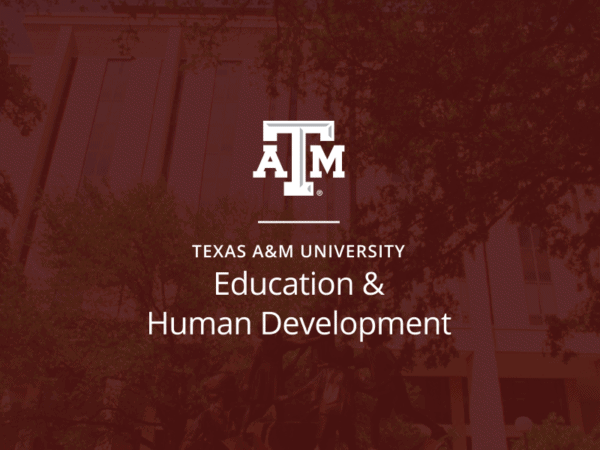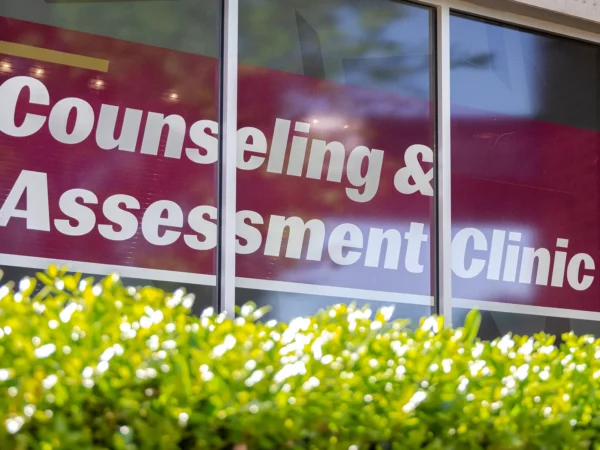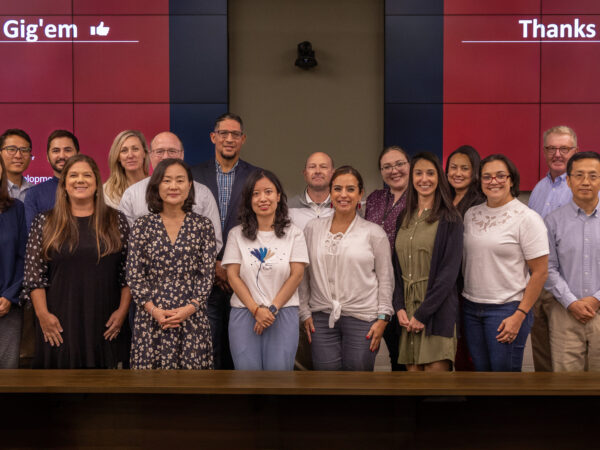Texas A&M University Partners with Aldine ISD to help school ‘meet standards’ in one year
This was the foundation of the turnaround project with Texas A&M University’s College of Education and Human Development, the Educational Leadership Research Center and Aldine Independent School District. It is based on a combined effort of the two entities’ visions—We Transform Lives and Produce the Nation’s Best. As the leader goes, so goes the school. This is the mantra Dr. Beverly Irby, professor of educational leadership and Director of ELRC at TAMU, adheres to in transforming schools that need help.
With a long partnership with Aldine ISD via former superintendents, Nadine Kujawa and Dr. Wanda Bamberg, and the current Superintendent Dr. Latonya Goffney and her team’s support, they worked together to take one of the Aldine schools, Black Elementary, from ‘improvement required’ to ‘meets standards’ within a short period with a focus on the school’s leadership team with a targeted one-year focus on turning around the school at the campus. They have continued this effort to maintain standards.
Ash Kirk began as principal of Black Elementary with a plan. He quickly realized that other leaders’ models may not work for him on his campus and with his specific students and community. Kirk indicated, “I had to adapt my leadership style to serve a younger set of teachers, a diverse student body and a different era in teaching if I wanted to bring the school out of ‘improvement required’ status.”
The status of the school was brought to CEHD’s attention via President Young’s supporting turnaround school/school enhancement grant provided as a seed project to Dean Joyce Alexander, Dr. Fred Nafukho and Irby, which was a seed grant for the larger school enhancement research project, Accelerated Preparation of Leaders for Underserved Schools (APLUS).
The APLUS project, funded by the U.S. Department of Education, continued to focus on improving schools through leaders who are assisted in building instructional capacity. Instructional capacity refers to the collection of teaching and instructional resources available to teachers and the ability to use these resources effectively for improving students’ learning.
“To build instructional capacity, we work the district to assist the campus leadership team to determine what avenues they would take to help teachers to improve instruction in the classroom so that children can learn better, perform better, reflect on their own leadership, and ultimately help teachers and students achieve better results,” Irby said.
The ELRC collaborated with Dr. Reginald Green, Educational Services Group, and conducted three root cause analyses over a period of time to identify areas that required improvement at Black Elementary.
“We determined, with Aldine ISD’s input, that we would focus on the leadership teams—the principal, the assistant principal, and the instructional skill specialists,” Irby said. “In order to build the capacity of the teachers, we all needed to support this team to help change the direction of the school.”
Using three overarching improvement methods, TAMU and Aldine ISD transformed the school leadership, and ultimately improved the success of teachers and students at Black Elementary.
SUPPORTING LEADERSHIP TO BENEFIT THE SCHOOL
The first method that TAMU and the district employed was assigning a personal coach to Principal Kirk. The personal coach helped Kirk reflect on his leadership style and strategize ways to improve.
“Having a personal mentor kind of shook me, and then gave me some guidance and I embraced it,” Kirk said. “I knew I wanted this campus to be successful, and I certainly did not want to be an impediment, myself, as the leader.”
Kirk said the personal coach helped him realize he was not being intentional enough about impacting the climate of his campus. He began to make climate a priority. He evaluated the needs of his diverse teacher and student population and served them.
Irby said the APLUS team, the district upper administration, and those on the campus noticed a transformation in Kirk’s leadership behavior. He became more reflective through the personal coaching he received.
“He became more collaborative, took ownership of issues on the campus, and shared or distributed leadership,” Irby said. “Those are three very important components to leading and changing the culture of a campus.”
There was a second coach, a school leadership coach, provided by the grant for the campus leadership team, who was on call and on the campus weekly working with the leadership and some teachers as indicated by a collaborative decision with the campus leadership team.
The TAMU campus leadership coach also worked with the District leadership that offered weekly support from Language Arts and Math Directors based on input from the leadership team based on observations, expressed needs, and data analysis. They offered suggestions and feedback after each visit which was kept in the principal’s log. The Directors provided teacher training during grade level meetings, modeled lessons targeting specific TEKS, formative assessments, and how to respond to data analysis.
Aldine ISD provided a Professional Service Provider for the campus (a requirement of the Texas Education Agency) who offered technical assistance and support to the campus with required interventions in the Texas Accountability Intervention System.
UTILIZING NEW COACHING METHODS AND INSTRUCTIONAL IMPROVEMENT
Second, another coaching method equipped instructional skills specialists with technology to provide live feedback to teachers. The instructional skills specialists could remotely monitor the teachers giving a lesson in the classroom. Then, they would provide live feedback to teachers in real-time earpieces making live corrections on things like curriculum delivery.
“One of the reasons why I think we found the success here has been the impact of coaching,” Kirk said. “With the coaches as instructional leaders for teachers, their impact is remarkable.”
An additional support was the TAMU grant-funded Instructional Interventionist, who was hired to work directly with struggling learners.
SUMMER LEADERSHIP INSTITUTE AND LEADERSHIP DEVELOPMENT
For the third component, TAMU invited Aldine’s school leadership to the CEHD ELRC Summer Leadership Institute (SLI), a workshop that helps schools and facilitates critical dialogues around strategic planning. At the SLI, campus improvement plans were further developed.
Black Elementary math instructional coach, Alicia Lewis, said through SLI and work on the campus improvement plan the leadership team became more unified.
“We actually put those plans in place, and once we did that, we saw a big difference in our campus,” Lewis said. “We saw a difference in the culture, in climate and we started seeing our teachers being more motivated about coming to school.”
The school enhancement project’s final improvement methods were regular meetings with other principals in the district and a principal’s academy conducted by Dr. Jim Lynch, a long-time leader of schools and expert in strategic planning.
“His work with the principals and coaches helped them consider how they approach leadership with influence and with understanding of each teacher’s needs,” said Rudy Gaytan, APLUS Component Director.
In terms of foundational support, the District Area Superintendent assisted with systematic monitoring of plans to ensure the leader’s professional development, campus improvement activities, and ongoing discussions of data, plans, and interventions.
PROJECT SUCCESS
At the start of the school enhancement project, Black Elementary was an ‘improvement required’ school. After a year of intensive intervention in a collaborative effort with the TAMU and Aldine ISD, the school now meets standards.
“We were an IR campus and through these changes, now we are out of IR, and it only took a year,” Lewis said. “And that is commendable for us because we were a team that was newly put together, we had a lot of hard challenges in place, but we overcame all of them.”
Before the school enhancement project, Black Elementary was struggling in math and reading. Now, Kirk said they are high performers in those topic areas, even seeing double digit gains in certain areas.
“It just goes to show, it is not the kids,” Kirk said. “You need dedicated educators, but you need them to be properly supported in the right kind of environment, with the right kind of systems in place that supports teachers in learning.”
TURNAROUND TIPS
TAMU and ALDINE ISD worked together with the leadership on the campus to lead to success. The tips determined are as follows:
1. A school-university partnership
2. A personal coach for the principal
3. A leadership team coach (at least one)
4. An Instructional Interventionist (to work with struggling learners)
5. A Supportive District Curriculum Team engaged often on the campus)
6. Focus on Instructional Capacity Building
7. Instructional Skills Specialists (build their Coaching Capacity for pedagogical improvement)
8. Area Superintendent (focused on monitoring and providing feedback and professional growth opportunities)
9. Professional Learning Community changes in structure and focus
10. Focus on data analyses, strategic planning
11. Engage in an external root cause analysis
12. Unobtrusive observations of leadership team campus interactions
13. A focus by the principal (no letting go—build a team, share leadership, keep the focus on the work of creating instructional capacity).
For media inquiries, contact our Media Relations Coordinator, Ashley Green
Fundraising
To learn more about how you can assist in fundraising, contact Amy Hurley, Director of Development ahurley@txamfoundation.com or 979-847-9455













